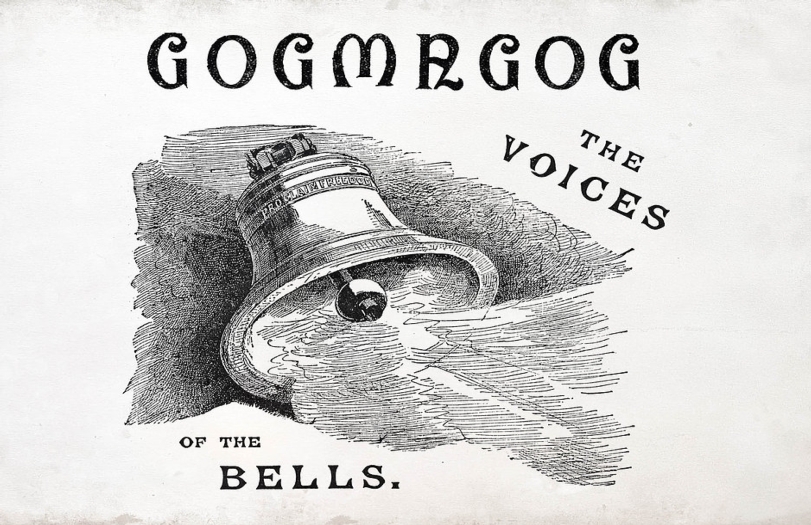Church Tourism Week 2018: Contemporary art in a heritage space
Katrina Hurford looks at the 'Mapping Contemporary Art in the Heritage Experience’ project taking place in the North East.
Increasingly the historic fabric of heritage buildings – and the art and artefacts that they hold – are becoming the inspirational setting for different, contemporary styles of art, and by extension are offering new experiences and interpretations of our heritage spaces.
Contemporary art in churches is not new; modern stained glass windows in particular are a fairly common sight in many working churches. However, these features are much rarer in buildings such as ours that are predominantly heritage sites. In recent years that has been changing; museums, stately homes and galleries of ‘traditional’ art are experimenting with curating temporary contemporary art exhibitions and installations. More recently cathedrals have also been getting in on the act. While these ‘interventions’ can be controversial – case in point: the widespread panning of Damian Hirst’s Wallace Collection exhibition in 2009 and the vandalism of Anish Kapoor’s installation at Versailles in 2016 – the trend continues apace.
But does it work? Are their benefits for the visitor, the artists, the host organisations and society at large? Does the mix of old and new add anything to our already extraordinary heritage buildings or is it a distraction, a ‘dumbing down’?
Empirical evidence
CCT is part of a study that hopes to answer these questions and more. 'Mapping Contemporary Art in the Heritage Experience’ is an interdisciplinary research project that examines the role and practice of temporary visual art commissioning within Britain’s heritage properties, exploring the impact of this activity on its producers and audiences. It approaches this subject from multiple perspectives, bringing together the knowledge and experience of scholars, artists, heritage professionals, volunteers and visitors.
The three-year research project is funded by the Arts and Humanities Research Council (AHRC) and is being delivered through a collaboration with ourselves, National Trust, Arts & Heritage, Arts Council England, and Newcastle University.
A key element of the project is the production of four new commissioned artworks at heritage property sites in North East England this year, including our very own Holy Trinity Church in Sunderland. Through these commissions feedback will be gathered from participants involved in every level, from artists to audiences. Once the research is complete, the findings will be shared and explored via a major conference in 2019.
A canny sound installation
Holy Trinity, aka the ‘Canny Space’, is an early 18th century, Grade I listed building that once stood at the very heart of the busy port of Sunderland and acted as the town’s court house, public library and fire station as well as a church. As the centre of the city shifted westward however, away from the docks, the building suffered a decline in fortune and by the early 21st century it stood unused, unloved and in need of significant repair.
Happily, after a five-year campaign, this March we were awarded £2.7 million from the Heritage Lottery Fund with support from other funders to save and transform the site into a lively community and cultural centre, the Canny Space. It is this space that will house Gogmagog this July, a commission from Cornwall-born, Newcastle-based contemporary artist Matt Stokes.
Gogmagog is a new sound installation produced for the nave of Holy Trinity. The piece takes its lead from a three hour, five minute ‘Triple Bob’ peal composed by Benjamin Annable, which was rung on the church’s eight bells in 1898. Whilst the church bells are themselves currently silenced due to the condition of the bell tower, a new version of the peal has been given life by local musicians, hand bell ringers and singing collectives, drawing lyrics from the story of the church’s historical roles and contributions from the community who live around the church today. These ‘layers’ of sound have been overlaid with the original composition to create an immersive soundscape that will activate the church nave for visitors.

